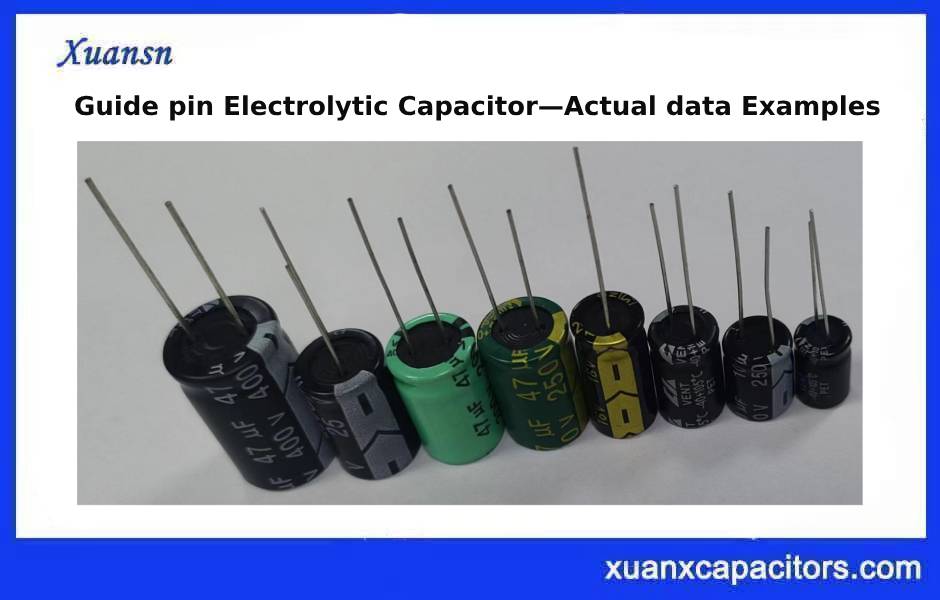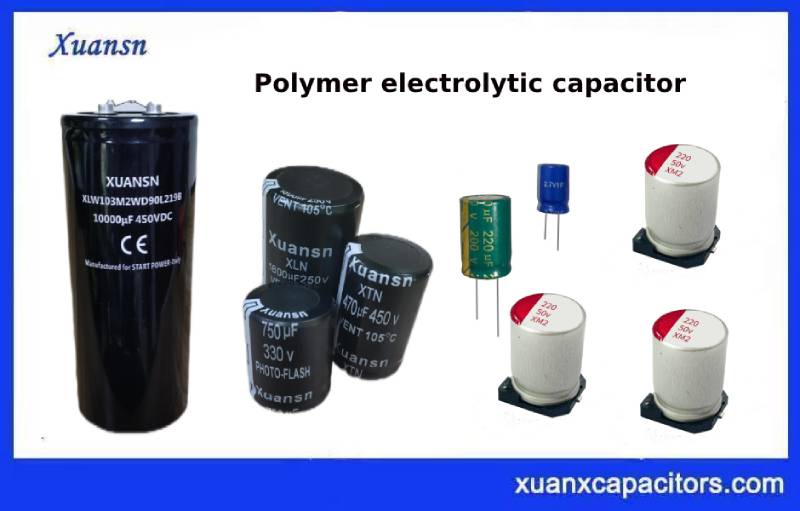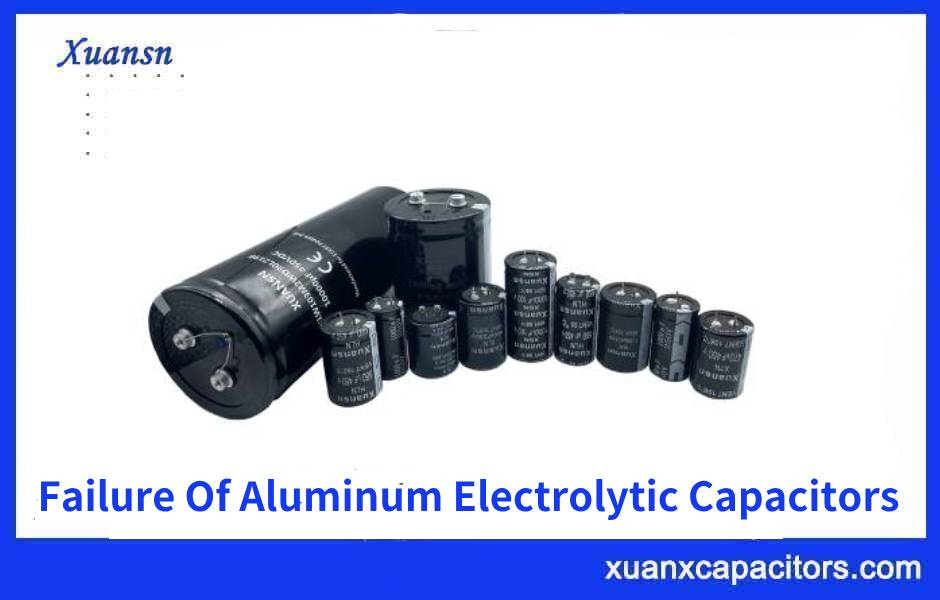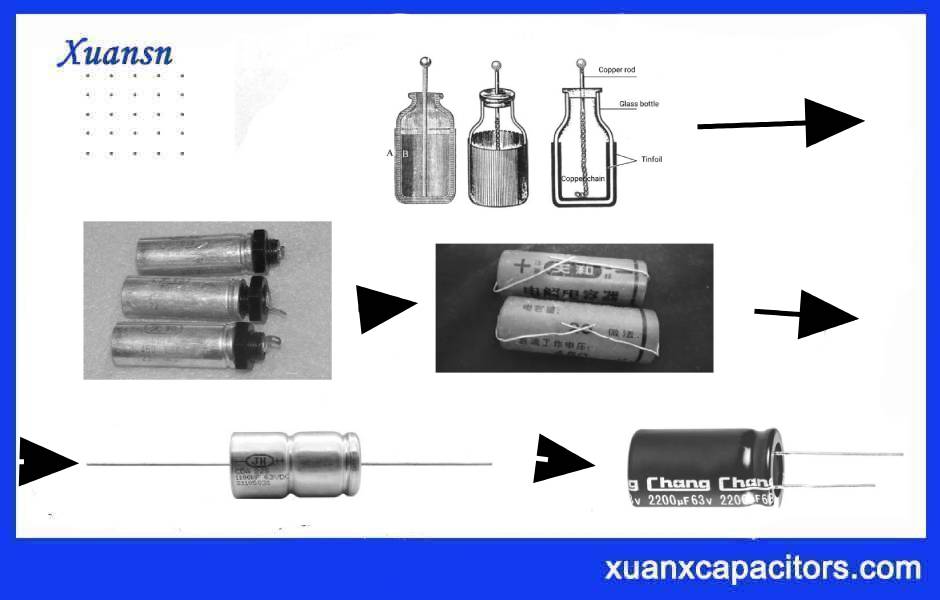Matters needing attention when using aluminum electrolytic capacitor
Working temperature and ripple current
1. Make sure that the operating temperature and ripple current do not exceed the specified range.
2. When connecting two or more capacitors in parallel, note that the wiring resistance should also be calculated.
3. The capacitor will also generate heat when it is working; be aware that this will increase the internal temperature of the device.
Applied voltage
1. The electrolytic capacitor is polarized. No reverse voltage should be applied. Or AC voltage.
2. If reverse voltage may appear on the line, a bipolar electrolytic capacitor should be used.
3. When the AC part of the line crosses the DC voltage. Make sure that the peak value of the voltage does not exceed the specified voltage of the capacitor.
4. When connecting several capacitors in series, capacitors of the same specification should be used, and balancing resistors should also be added in parallel.
5. It should not be used on circuits with frequent and rapid charging/discharging.
Operating environment
1. Capacitors should not be used immediately after they come into contact with water, salt water, oil or moisture.
2. Do not use capacitors under hydrogen sulfide, sulfurous acid, chlorine or other harmful gases.
3. It should not be used in places under the influence of ozone, ultraviolet light or other radiation.
4. Don’t use it under high vibration and impact environment.
Assembly notes
1. Make sure that the safety valve is upward when the screw-connected capacitor is working.
2. Do not place wires or conductors near the safety valve.
3. Ensure that the operation of the safety valve is not affected.
Precautions for storage capacitors
1. The electrolytic capacitor should be stored under normal temperature and humidity. Avoid direct sunlight, the longest storage period is three years.
2. In special circumstances. It is possible to charge the capacitor. To avoid electric shock, you should not touch the electrodes directly with your hands.




